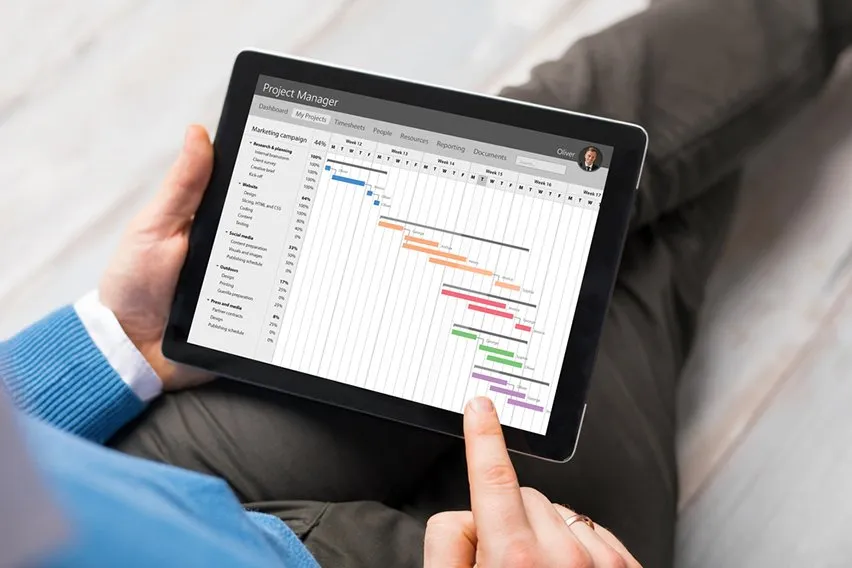All About Profit Centers

A Profit Center is a division or department that generates revenue for an organization. In other words, it’s one way to measure success in terms of generating income for the company. There are also expenses associated with every Profit Center. Profit centers can include revenue from a single product or service. They can also include a single source of income, a particular customer or only a certain way of selling. Profit centers might be financial institutions such as banks and insurance companies. They can also be departments within an organization that produce revenue for the company.
In this article, we will discuss all about profit centers. You’ll learn what they are, examples of profit centers, and much more.
In this article, we’ll cover:
Profit Centers Vs Cost Centers
What is a Profit Center?
A profit center is a single source of income for an organization. That means all the revenue and expenses for a profit center should add up to make net income. A profit center can include one product like a bank or insurance company. It can also be a single service such as an advertising department of a corporation. Sometimes, entire divisions of companies are considered profit centers if they produce all the organization’s profits.

Examples of Profit Centers
For example, let’s say that Rick runs a lamp factory. If the entire factory is a profit center then it means that every part of the business directly contributes to revenue for the company. It also means that each section can have an associated cost. However, it also means that Rick doesn’t need to focus on each individual part. He can instead look at the business as a whole and decide which sections need more attention.
Now let’s say that Rick decides to put up another lamp factory. He makes it a separate business under his ownership. The new factory will be considered an entirely separate profit center. That means Rick can make decisions without worrying about how it affects the other business.
A Profit Center can also be referred to as a revenue center or even a business unit. All three terms essentially mean the same thing.
Business units. An area of responsibility that contains activities and functions that contribute to your company. These could be profits or losses for your company.
Revenue Center. Another name for a profit center. It’s single or multiple sources of income that contribute to an organization.
The Purpose of Profit Centers
Some businesses use profit centers as a way to measure the effectiveness of individual parts of the business. The goal is to make sure that each sector is making money and producing income for the company. This should be done without involving too much red tape or bureaucracy. The manager can also decide how much revenue each part of the company can spend on things like new equipment and even raises for employees.
This strategy is used by companies that want to make sure they are getting a good return on their investments. They also want to know what kind of products or services people will buy from them. A profit center can help managers see how much money their company is spending on certain areas of the business. This is often done by showing income and expenses. The manager can also determine if they need to change anything about their company’s current strategy.
Profit Centers Vs Cost Centers
A Profit Center is defined as a specific area within a company that produces revenue for it. A Profit Center can be a product, service, client, contract, etc. that generates revenue.
A Cost Center is the opposite of a Profit Center. It has costs that are associated with it. For example, say you work at an office. All the cleaning services are done by another company. That would be considered a cost center. They have expenses associated with them, but no revenues for your company.
Cost centers are often seen as something that takes away from profits. They cost the company money but don’t add to revenue. You can determine whether something is a Profit Center or Cost Center by looking at how it affects revenue.

How Profit Centers Are Viewed
Companies can view profit centers in several ways. Some businesses only look at the numbers without considering the people involved. They will view things like overhead, expenses and gross margin as pure numbers. Other companies may take into account how it affects people within the organization. It might end up being less about the money and more about trying to determine which areas are causing problems.
The idea behind having Profit Centers or Cost Centers is similar to that of slicing a pizza into slices. If you have one big slice, it’s harder to get an understanding of where your profits are coming from. By looking at several smaller sections, it’s easier to see where the money is. This can help you make better business decisions in the future.
Businesses should view profit centers as an opportunity for growth and expansion. They are trying to find out what areas generate income. They also look at which ones lose money and if the strategy makes sense. It will also give managers a chance to take risks with their marketing.
Key Takeaways
A profit center is a business unit that produces revenue for the company. Profit centers can be used as a way to measure the effectiveness of individual parts of an organization. They also show how they contribute to profits or losses. A cost center has costs but no revenues associated with it. Businesses should view profit centers as an opportunity for growth and expansion. They look at what areas generate income and take risks with marketing strategies.
This article discussed all about profit centers. You learned what they are, how businesses use them, examples and more. Hopefully this article answers all of your questions about profit centers.
Read more helpful guides on our resource hub.
RELATED ARTICLES


 Profit vs Profitability: What’s the Difference?
Profit vs Profitability: What’s the Difference? Asana Pros and Cons: Top 4 Advantages & Disadvantages
Asana Pros and Cons: Top 4 Advantages & Disadvantages What Is a Project Timeline and How to Create It in 7 Steps
What Is a Project Timeline and How to Create It in 7 Steps 5 Best Asana Alternative for Project Management
5 Best Asana Alternative for Project Management Freedcamp Vs Asana: Feature & Pricing Comparison
Freedcamp Vs Asana: Feature & Pricing Comparison